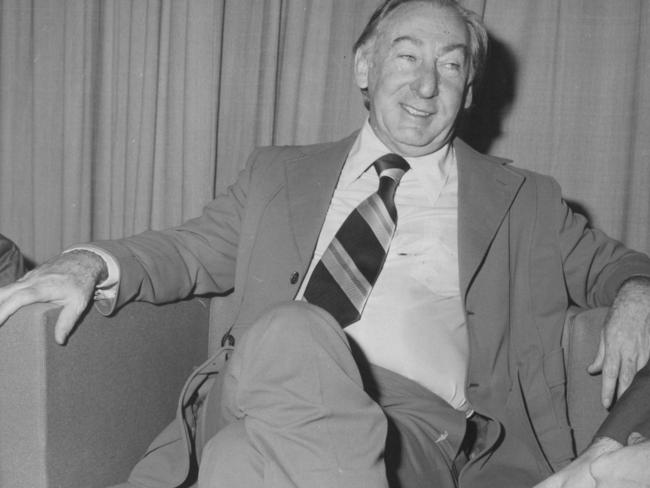
The year 2023 marks the 50th anniversary of the Civil Celebrant program in Australia. Marrying couples today take it for granted their marriage ceremony can take place anywhere and at any time they like, and that it can be conducted by a hand-picked civil celebrant with words and other elements pretty much of their own choosing.
This was not always the case. In 1902, 97% of marriage ceremonies were conducted by religious ministers. By 1970, about 10% of marriages were civil, though these were held in State Registry Offices and were very short (only a couple of minutes) – just covering off the legalities. The couple would have to queue at the office, had no say in the wording of the ceremony, they were only allowed two witnesses and one photograph.
However, in 1973, the Federal Attorney-General in the Whitlam Labor government was Lionel Murphy. Known for his warmth and compassion, he was also a visionary and a reformer. Murphy devised and implemented an impressive list of legislative achievements resulting in improved lives for many Australians. Among these, despite fierce opposition, was his appointment on 19 July, 1973 of Australia’s first civil marriage celebrant – Lois D’Arcy, a Gold Coast teacher and mother of young children. In fact, she was the first civil celebrant appointed in the entire world. Australia still leads the world in the flexibility offered to marrying couples in a secular setting.
Lionel Murphy’s vision was to give those wishing to marry, other than in a church or registry office, the option to do so in a dignified manner, with free choice around the location, the day and time, words, music, rituals and other cultural elements. His program changed the face of marriage ceremonies in Australia for all time. Appointing a woman as his first civil celebrant, then going on to appoint Indigenous celebrants, those from various backgrounds, the young and not-so-young, speaks to how forward-thinking Murphy was for the time.
At first, the civil marriage celebrant program was highly regulated. There were caps on the number of celebrants based on the needs of particular geographic areas. Their fees were fixed, they were not allowed to advertise and were subject to a strict ‘conflict of interest’ policy. In 1995, the fees were deregulated and the popularity of civil celebrants continued to grow.
By the turn of the millennium, there were around 10,000 civil marriage celebrants, with more civil marriage ceremonies in Australia than religious ones. And in 2003, following a major review of the program, mandatory qualifications and a ‘fit and proper’ person test were introduced for new celebrants.
Whilst this brought fresh vitality and choice to the sector, it also created a range of challenges, including an oversupply of civil marriage celebrants in Sydney and throughout many parts of Australia. Many of these civil celebrants survived by diversifying with funerals, baby namings, commitment ceremonies and renewal of vows. These celebrants now operate in a highly-competitive environment, requiring business acumen and marketing know-how. Consequently, many celebrancy micro-businesses, do not thrive and some fold.
In 2017 Australia overwhelmingly voted for marriage equality affording same-sex and other diverse couples the same choices surrounding their marriage ceremonies as all other couples. Today, over 80% of all marriage ceremonies are civil, the majority of these being conducted by civil marriage celebrants.
So thanks to Lionel Murphy and the work of the pioneering civil marriage celebrants from the 1970s onwards, there are now around 9,000 registered civil marriage celebrants in Australia, differing terrifically in style and content.
Australia’s marrying couples are indeed fortunate to be able to design meaningful and personal ceremonies and have them conducted when, where and exactly how they wish. Make sure you take advantage of this privilege and engage the civil marriage celebrant that is just right for you.
